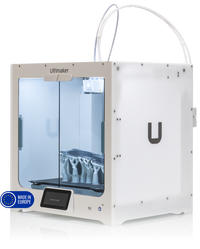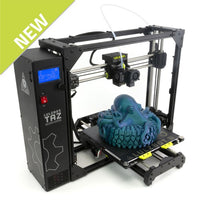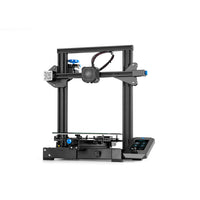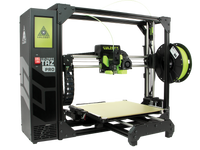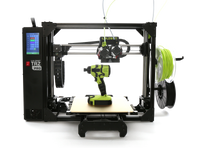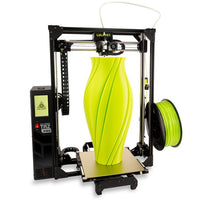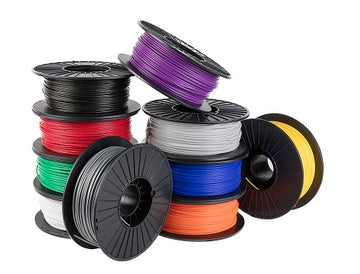Why Every School Needs A 3D Printer

Written by KYOCERA via blog post
Schools have a hard task of making learning fun for their students, year in, year out. Teaching is a constant balance of both enhancing the curriculum while keeping pupils engaged. Many schools look to technology to keep students interested – and from experience, we’ve found that many schools are specifically using 3D printing to get students’ creative juices flowing.
While 3D printing is well established in the manufacturing sector, where it’s mainly used for prototyping products, it’s now making its way firmly into the education sector.
We’ve all seen the news stories about a house or car being produced through 3D printing technology, but within schools it can be leveraged to help turn pupils’ ideas into physical things they can see and touch. But that’s not all it can do – there are certain things 3D printing devices bring to schools which you may not even realise:
It can develop imagination and visualisation skills
The main reason schools install 3D printers is to educate students on how to use computer-aided design (CAD) software to create products. Before 3D printing came along, pupils rarely got to see and hold their creations. 3D printing turns their designs into a reality – allowing students to touch and hold their designs and realise their creative natures.
3D printing effectively allows students to design something on a screen, which they can then print and hold in their hands. It really brings product development to life for pupils – instead of bringing drawings home to put on the fridge, they can now bring products home which they’ve designed from beginning to end to place on the mantelpiece, and proudly say: “I did this at school.”
It increases students’ engagement levels
3D printers are an inimitable teaching tool, helping to facilitate better learning and create a more interactive classroom. We’ve heard examples of students using the technology who have said that it helps to retain their interest in the lesson for longer.
It’s not just us who thinks so. The Department for Education ran a 3D printing project across 21 schools and found ‘the printers had a highly motivational effect on pupils and most schools reported a greater interest in STEM subjects.’
They enable students to be equipped for the future and gain extra marks
In areas such as Design and Technology, students actually gain extra marks in their coursework if they can demonstrate that they have used different manufacturing technologies.
Now that 3D printing technology is a staple of the manufacturing industry, it’s important children are introduced at a young age to the technology and learn how to use it, in order to equip them for their careers – after all, they will form our future workforce.
The next generation needs to grow up embedded in that type of technology from an early age to enable children to realise their potential. What if the next engineering genius is sitting in a primary school somewhere and doesn’t have access to this kind of technology?
They help children evaluate their work and improve problem-solving skills
Children can use physical prototyping to help solve problems. By being able to see when they have failed to create the perfect object or design, they can quickly go back to the drawing board and improve on their initial plan.
They’re not only relevant to design subjects
It’s not just design subjects that 3D printing can be beneficial for. It fits perfectly within the STEM curriculum (science, technology, engineering and maths). For example, biology students can study cross sections of different organs. Chemistry students can now print out complicated molecular structures that are extremely difficult to visualise. Engineering students can print modified robots or car parts.
They are more affordable than you think…
As 3D printers have been around for over 30 years, they are becoming much more affordable. The cost of both the printer and the printing materials are now reasonable and decreasing further. It’s well worth it when you also consider 3D printers act as a differentiator between schools, helping to recruit students.
The use of 3D printers in schools is only going to increase as more schools start to see their potential for enhancing learning.

